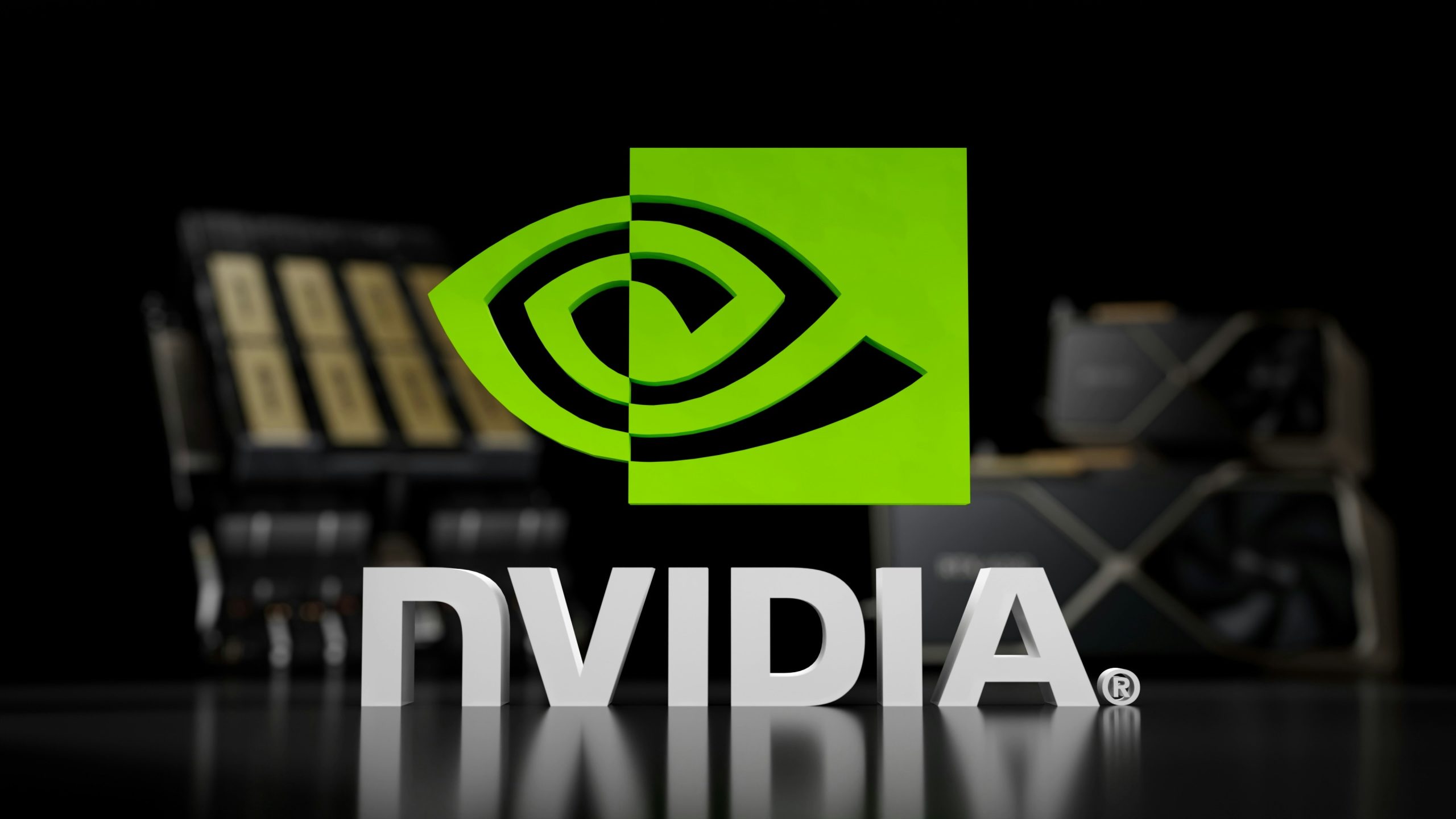Investors chased rumors; policymakers traded signals; customers waited. Yet the answer landed clearly this week: NVIDIA’s CEO Jensen Huang says there are 𝗻𝗼 𝗮𝗰𝘁𝗶𝘃𝗲 𝗱𝗶𝘀𝗰𝘂𝘀𝘀𝗶𝗼𝗻𝘀 to sell 𝗕𝗹𝗮𝗰𝗸𝘄𝗲𝗹𝗹 chips to China right now. Because U.S. export controls still shape supply, and because Beijing flexes its own restrictions on foreign accelerators, the near-term path looks closed. Therefore, security and infrastructure teams with China-touching operations should recalibrate plans quickly, anchor on compliance, and avoid speculation that distracts budgets and timelines.
𝗧𝗲𝗰𝗵𝗻𝗶𝗰𝗮𝗹 𝗦𝗶𝗴𝗻𝗮𝗹: Blackwell architecture, GB200/B200 performance, and compliance boundaries
NVIDIA’s Blackwell platform centered on 𝗚𝗕𝟮𝟬𝟬 and 𝗕𝟮𝟬𝟬 superchips targets frontier training and high-throughput inference with a dual-die design, reticle-scale packaging, and a 10 TB/s die-to-die link. Because those accelerators define current state-of-the-art capacity, they represent the very tier U.S. rules aim to keep out of China. Consequently, buyers inside or adjacent to Chinese entities should not plan for sanctioned Blackwell SKUs in production environments. Instead, treat compliance as a design constraint, not a negotiation variable.
𝗪𝗵𝗮𝘁 𝗗𝗶𝗱 𝗛𝘂𝗮𝗻𝗴 𝗔𝗰𝘁𝘂𝗮𝗹𝗹𝘆 𝗦𝗮𝘆? no “active discussions,” demand elsewhere, and shifting policy weather
Huang reiterated that NVIDIA has 𝗻𝗼 𝗼𝗻𝗴𝗼𝗶𝗻𝗴 𝗱𝗲𝗮𝗹 𝘁𝗮𝗹𝗸𝘀 to sell Blackwell into China. Moreover, he framed any future movement as contingent on policy and market conditions rather than corporate eagerness. Meanwhile, reports suggest Washington will continue blocking “scaled-down” near-Blackwell parts, and Beijing has tightened rules for 𝗳𝗼𝗿𝗲𝗶𝗴𝗻 𝗔𝗜 𝗰𝗵𝗶𝗽𝘀 in state-funded data centers. Consequently, the policy window narrows from both sides, which reduces the odds of a quick workaround or a quiet exception.
𝗧𝗵𝗲 𝗖𝗵𝗶𝗻𝗮 𝗕𝗮𝗰𝗸𝘂𝗽 𝗦𝘁𝗮𝗰𝗸 — H20 availability, “B30A” rumors, and domestic accelerators
Because 𝗛𝟮𝟬 targets China’s compliance envelope, some Chinese operators placed significant orders this year to keep AI roadmaps alive. Additionally, market chatter points to a possible “Blackwell-derived” 𝗕𝟯𝟬𝗔 for China subject to approvals on both sides yet nothing ships without licenses and local clearance. Meanwhile, Huawei and SMIC continue to expand 𝗔𝘀𝗰𝗲𝗻𝗱 production and 7nm capacity, so Chinese buyers will likely lean harder into domestic silicon. Therefore, multinational teams must plan for heterogeneous fleets and shifting software stacks when subsidiaries operate inside China.
𝗥𝗶𝘀𝗸 𝗙𝗿𝗮𝗺𝗶𝗻𝗴 𝗳𝗼𝗿 𝗦𝗲𝗰𝗼𝗽𝘀 𝗮𝗻𝗱 𝗣𝗹𝗮𝘁𝗳𝗼𝗿𝗺, compliance first, procurement guardrails, and model lifecycle effects
Because export rules govern who can deploy frontier accelerators, procurement cannot treat GPUs as fungible. Accordingly, build 𝗴𝗮𝗿𝗱𝗿𝗮𝗶𝗹𝘀 into vendor intake: verify entity ownership, data-center funding sources, and end-use controls. Next, expect 𝗺𝗼𝗱𝗲𝗹 𝗺𝗶𝗴𝗿𝗮𝘁𝗶𝗼𝗻 costs when teams split between sanctioned and unsanctioned environments; software portability does not erase kernel-level and interconnect deltas. Moreover, threat models shift: when supply tightens, gray-market flows and counterfeit boards surge, which complicates asset inventories and device attestation. Therefore, integrate hardware provenance checks into baseline security.
𝗗𝗲𝗳𝗲𝗻𝗱𝗲𝗿 𝗣𝗹𝗮𝘆𝗯𝗼𝗼𝗸, practical steps while the policy dust keeps moving
Start with 𝗮𝘀𝘀𝗲𝘁 𝗰𝗹𝗲𝗮𝗿𝗶𝗻𝗴: map every accelerator by SKU, origin, and serial pathway; then enforce deny-by-default on unvetted “engineering samples” and gray-market boards. Additionally, codify 𝗲𝘅𝗽𝗼𝗿𝘁 𝗰𝗼𝗻𝘁𝗿𝗼𝗹 𝗿𝗲𝗴𝗶𝗺𝗲𝗻𝘀 inside procurement, not just legal memos, so purchase orders fail if the target environment violates policy. Meanwhile, prepare 𝗱𝗼𝘄𝗻𝗴𝗿𝗮𝗱𝗲 𝗽𝗹𝗮𝗻𝘀: benchmark high-priority inference on compliant parts and right-size model footprints where latency budgets allow. Finally, monitor 𝗹𝗶𝗰𝗲𝗻𝘀𝗶𝗻𝗴 𝘀𝗶𝗴𝗻𝗮𝗹𝘀 weekly; when policy shifts, the window opens and closes in days, not quarters.
𝗠𝗮𝗿𝗸𝗲𝘁 𝗘𝗰𝗵𝗼, demand remains intense, but allocation favors non-China buyers
Because frontier training demand outstrips supply, allocation already tilts toward hyperscalers and sovereign AI builds outside China. Furthermore, NVIDIA continues to emphasize that strong Blackwell demand exists globally, which reduces incentives to push into contested markets. Consequently, even if approvals change later, lead times and logistics will delay any practical impact for Chinese buyers.
𝗜𝗺𝗽𝗹𝗶𝗰𝗮𝘁𝗶𝗼𝗻𝘀 𝗳𝗼𝗿 𝗦𝘁𝗿𝗮𝘁𝗲𝗴𝘆: build for heterogeneity and geopolitical churn
Because policy can whipsaw, design platforms for 𝗵𝗲𝘁𝗲𝗿𝗼𝗴𝗲𝗻𝗲𝗼𝘂𝘀 𝗮𝗰𝗰𝗲𝗹𝗲𝗿𝗮𝘁𝗼𝗿𝘀 and multiple interconnects. Also, treat model governance as portable: enforce encryption, tenant isolation, and auditability regardless of chip vendor. Moreover, separate 𝗶𝗽 𝗿𝗶𝗴𝗵𝘁𝘀 and 𝗱𝗮𝘁𝗮 𝗱𝗶𝗿𝗲𝗰𝘁𝗶𝗼𝗻𝘀 contractually when training spans jurisdictions. Therefore, if supply or approvals change suddenly, you can swap hardware without compromising compliance or research velocity.
Hype around Blackwell shipments to China will keep resurfacing. Nevertheless, the practical directive stays simple: plan for 𝗻𝗼 𝗕𝗹𝗮𝗰𝗸𝘄𝗲𝗹𝗹 𝗶𝗻 𝗖𝗵𝗶𝗻𝗮 𝗿𝗶𝗴𝗵𝘁 𝗻𝗼𝘄, build compliant alternatives, and keep procurement and security joined at the hip. If policy shifts later, you can adjust without rewriting your entire stack.
FAQs
Q1: Does “no active discussions” mean a permanent ban?
A1: No. It reflects the current policy and market posture. However, both U.S. controls and Beijing’s restrictions make near-term approvals unlikely. Therefore, plan for compliant non-Blackwell parts in China.
Q2: What should multinationals with China subsidiaries do now?
A2: Inventory every accelerator, enforce export-control gates in procurement, benchmark compliant alternatives (like H20-class or domestic parts), and prepare software portability across stacks.
Q3: Could “scaled-down” Blackwell variants slip through?
A3: Washington has signaled continued blocks on watered-down near-Blackwell chips, and Beijing has tightened rules for foreign AI silicon in state-funded data centers. Consequently, rely on policy facts, not rumors.
Q4: Will gray-market Blackwell boards appear?
A4: Yes, some reports already suggest unofficial inflows. Therefore, treat provenance as a security control: verify serials, restrict unknown boards, and log every accelerator’s supply chain.










